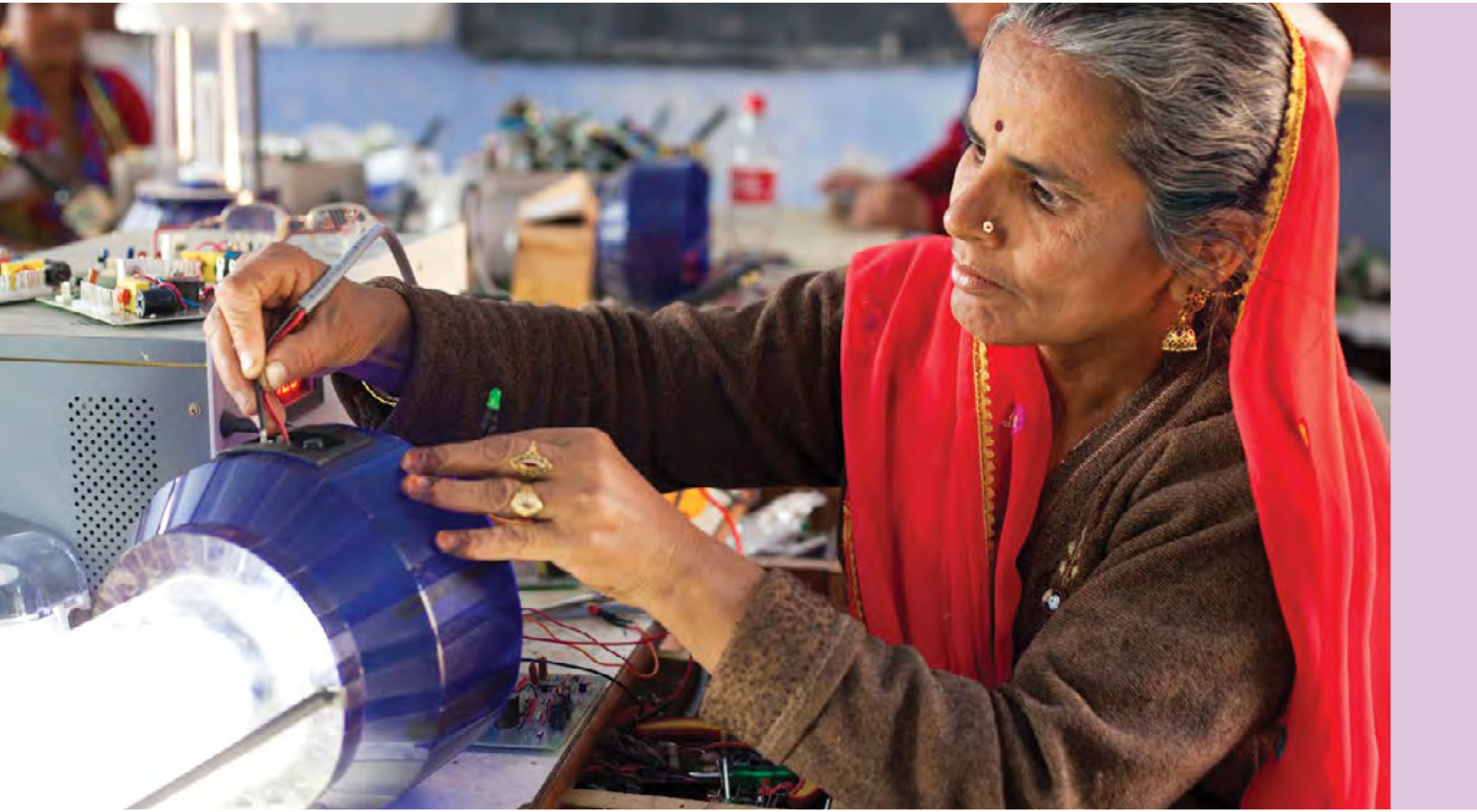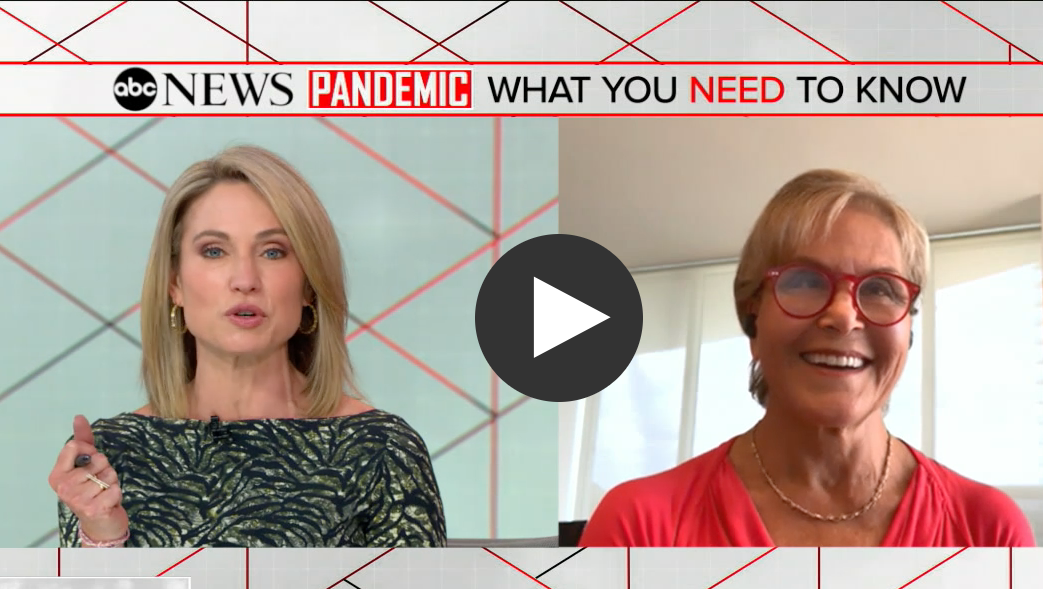Spurred by urbanization, climate change, and globalization, mass disruptions are becoming more frequent. Megafires and market crashes. Civil conflicts and new strains of disease. For individuals, communities, organizations, and natural systems, resilience is a requirement for surviving the turbulence of the 21st century.
Fortunately, resilience is not an innate trait. It is a skill. It can be taught and learned, developed and practiced.
In her book, The Resilience Dividend (2014), Dr. Rodin explores how different people, communities, cities, and companies have built resilience all over the world, from the former drug and murder capital of South America, to the boardrooms of the most forward-thinking companies in existence. As different as these case studies may be, core characteristics consistently distinguish the resilient from the ruined:
- Awareness of strengths, weaknesses, and circumstances: capacity for continuous monitoring and mindfulness
- Diversity of ideas, capabilities, and sources of information; redundancy of critical processes, suppliers, and geographies
- Integration of information and functions; collective ownership, sharing, and transparency
- Self-regulation that enables failing fast, and safely, and rebounding more quickly
- Adaptability to fast-changing conditions; flexibility and nimbleness
Beyond building the capacity to avert some crises and bounce back more effectively when a crisis does occur, cultivating these characteristics produces what Dr. Rodin calls the resilience dividend: the capacity to take advantage of new personal, social, and economic opportunities that previously seemed out of reach, and to reap multiple rewards and outcomes for every investment made in resilience.
Dr. Rodin continues to teach and advise people, companies and governments around the world on how build social, structural, and natural resilience. She is currently working on a book about resilient leadership.

